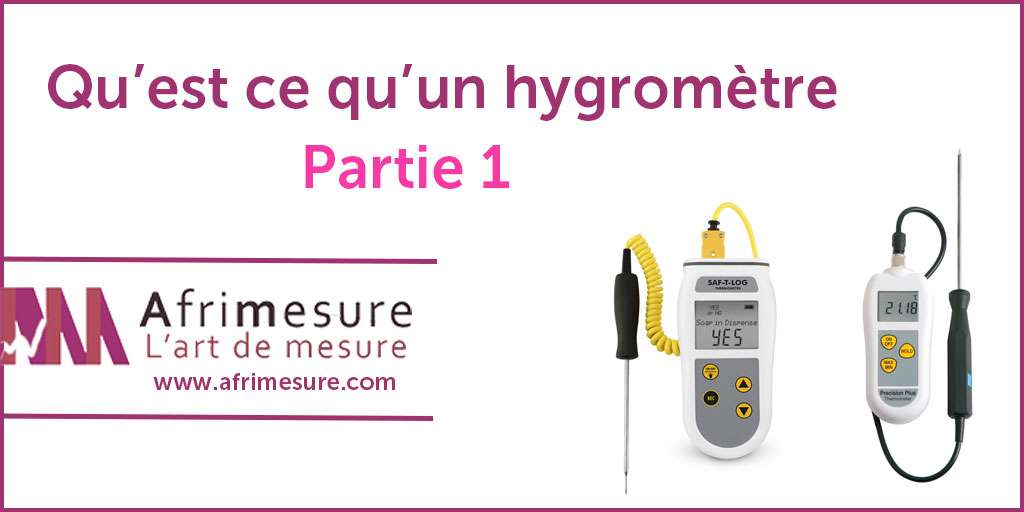
Choosing the right measuring instrument is very important for achieving the best humidity measurement results.
Calibration times and traceability standards should also be regularly maintained. Products manufactured in cleanrooms or in laboratories, production facilities, warehouses...cover a wide range, including pharmaceuticals, semi-conductors and food products....
Humidity and temperature are often controlled, as these parameters can have serious effects on product quality and production efficiency.
Products manufactured in cleanrooms cover a wide range, including pharmaceuticals and semiconductors. Humidity, temperature, particles and pressure are often controlled, as these parameters
can have serious effects on product quality and production efficiency.
Relative humidity:
Relative humidity (% RH) describes the amount of water vapor that exists in a gaseous mixture of air and water.
It is a ratio of the amount of water vapor present to the amount that could be present at a given temperature. Humidity is linked to many issues in production sites, such as expansion and contraction, and hardening and softening of material, variation in liquid viscosity, growth of microbes, increase in static electricity, and corrosion and rust, are largely affected by humidity.
Dewpoint temperature :
or Dewpoint: Dewpoint (Td) is a temperature at which condensation occurs following cooling of a gas (ambient air). Dewpoint is an appropriate parameter for expressing very low water content in a gas such as air. In semiconductor micromachining, conditions are very dry, and water molecules are considered contaminants. In this condition, relative humidity is virtually stagnant at 0% RH, but the dewpoint scale is still sensitive to water content changes in the measured gas.